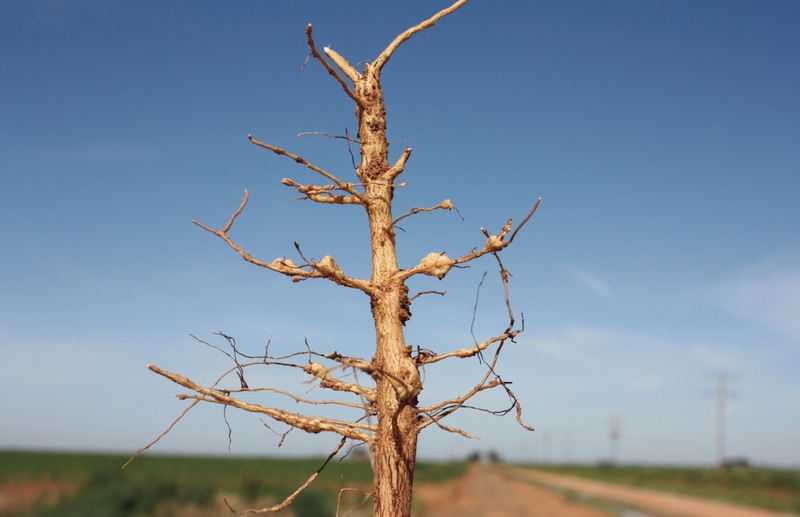The Winners Will Be Those Who Adapt and Enjoy the Wild Ride
I never imagined the adventure I would have when I established my company seven years ago. I had an idea of what to expect based on my prior eight years of experience in the cotton business, but what I have witnessed so far is an adventure like that of Indiana Jones!
I think we cotton merchants could easily compare ourselves to Indiana Jones, except that our adventures are real! Seriously, what is happening to our cotton business? Could anyone have imagined such high prices and demand for cotton in 2010 when we were all going through such disastrous times in 2008?
I remember the disappointed faces of my colleagues at cotton events in 2008. Several of the most storied cotton merchants were forced out of business and the remainder were extremely concerned about their own futures.
Cotton people are worried today too, but for completely different reasons. Historically high cotton prices–combined with historically low stock levels and mixed together with natural disasters in Pakistan and China–have jointly created another type of dangerous situation for the cotton industry.
The 2011 Cotton International Annual’s theme is “A Whole New Game,” and indeed it is. We see today the effects of the billions of dollars that various governments injected into their banking sectors and major corporations to rescue them from bankruptcy and avoid a complete economic depression.
Global economies and consumer purchasing power have improved, although more slowly than we might like. People are starting to spend again, which will increase demand, and we cotton professionals will receive more orders from our clients.
In my opinion, over the next few years, the following changes will have the greatest impact on the cotton industry:
1 Society’s concern about environmental issues. We have finally realized that we cannot continue to destroy our planet by pouring hazardous chemicals into the air and soil–a potential danger that extends to the dyeing of textiles. As cotton merchants, we should advise our growers to be as environmentally friendly as possible in their production.
2 Customer demand for more natural products. Cotton as a natural commodity has a good future because the current trend is to promote natural products.
3 The need for sustainability in all production methods of cotton.
4 Petroleum doesn’t last forever. Man-made fibers produced from petrol will be available as long as petroleum itself is available–but that is only for next 50 to 60 years. Cotton will always be available, as long as we respect nature.
5 More government regulation in the financial markets. U.S. President Barack Obama’s policy of applying more controls to financial markets is going to be repeated by governments in other countries in the future. Protecting small investors through these regulations is going to be beneficial to cotton trading in the futures markets.
6 The unsettled economic situation of Europe will affect governments’ policies regarding agriculture subsidies. With drastic measures being taken to reduce the long-term debt of some European countries, governments will have less money to allocate to agricultural subsidies, including cotton.
7 Governments will ask big, multinational corporations and their customers to become more environmentally and socially responsible. This will affect the cotton business and the entire supply chain, from planting to final production of textiles.
For cotton to maintain its global prominence, we need to consider all of the above facts and try to consider them in our daily decisions, from planting cotton to the final cotton product.
What can be learned from recent events is that we must accept that we live in a constantly changing environment and our business always is faced with new challenges. The winners will be those who can adapt themselves to the changes and enjoy the wild ride–just like Indiana Jones.









